Will grass grow in compacted soil?
updatetime:2023-02-15 15:32:40 pageviews:318views
Aerate Your Hard Soil, Soil compaction is one of the leading reasons for hard dirt, and can make planting new grass difficult. When soil is compacted, grass roots can't penetrate deep into the earth, making growth more challenging, if not impossible.
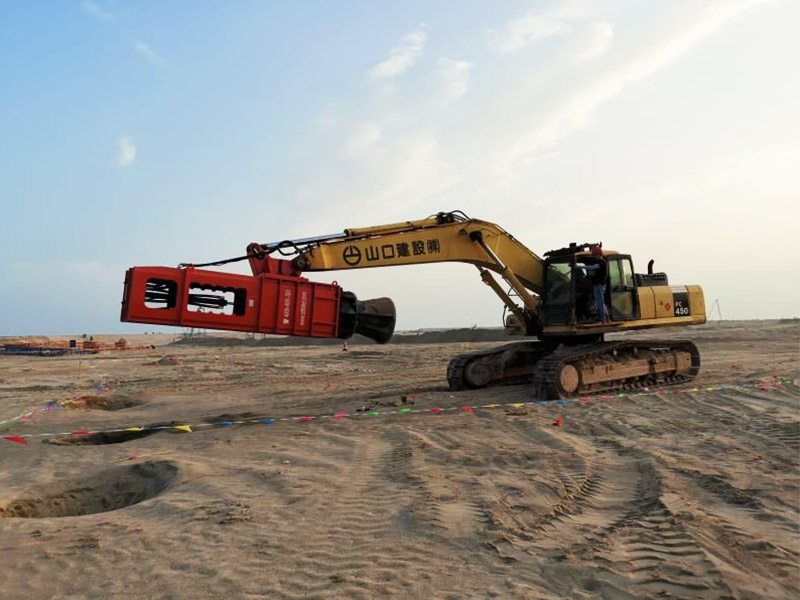
The Rapid Impact Compaction for the soil improvement uses a hydraulic hammer mounted on an excavator. The hammer with a weight ranging from 5 up to 12 tons is dropped freely from a height of 1.2 m on a large circular foot. Impacts repeated at a rate ranging from 40 up to 60 blows per minute plunge the steel foot creating a crater.
The control system installed in the operator’s cab allows for controlling the compaction process and recording the parameters such as impact energy or foot penetration. It can also be used to change the height from which the hammer is dropped.
The compaction in the RIC technology is usually preceded by creating a test plot where the compaction is performed for various spacing and rates of blows. Then, the local compaction of the improved soil is tested and the optimal grid spacing and the number of blows per one point is determined. Depending on the soils, the number of blows varies between 10 and 40 per one point.
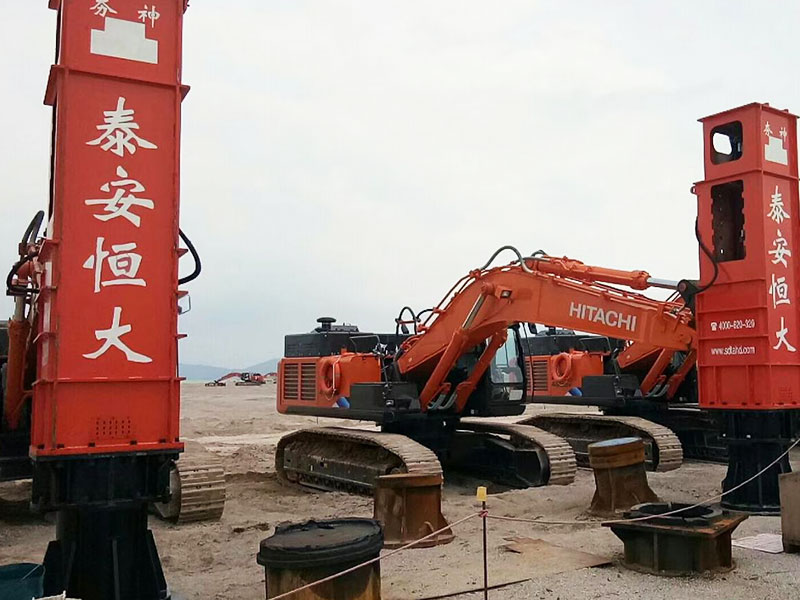
RIC technique is performed at the surface of a terrain and it comprises of a heavy excavator which is equipped with a specially designed arm onto which the hammer is attached. Within the hammer, a 5 to 10 drop weight is hydraulically lifted till a required height after which the weight is dropped using a hydraulic acceleration. This whole process of lifting and dropping of the weight takes place with a frequency of 30 to 80 times a minute.
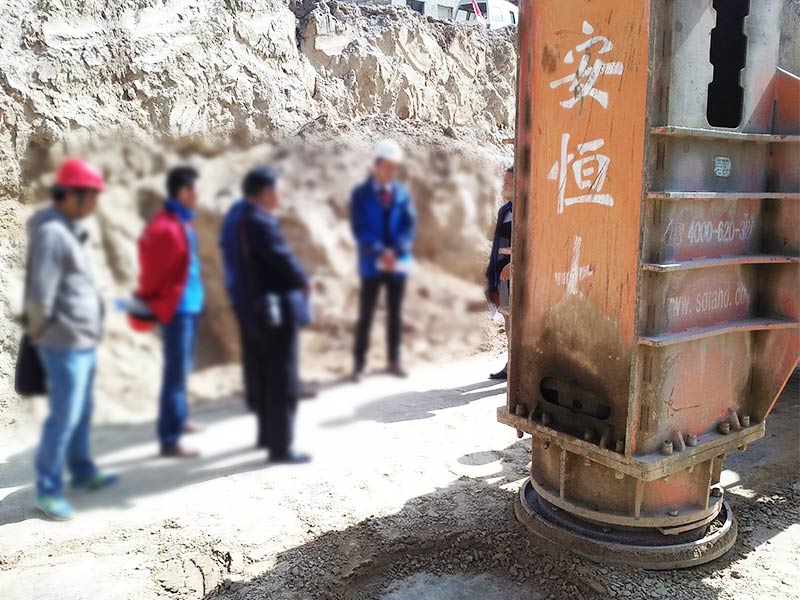
During the compaction of a location, the foot remains into contact with the soil. The impact of the hammer on to the foot initiates the compaction process. The movement of the foot into the ground, the heavy weight of the equipment and high energy transfer is also causing densification. The dense compaction grid ensures that a homogeneous compaction is reached throughout the area. This is caused because the impact locations are also affected by the compaction of nearby points which results in improving the overall performance.
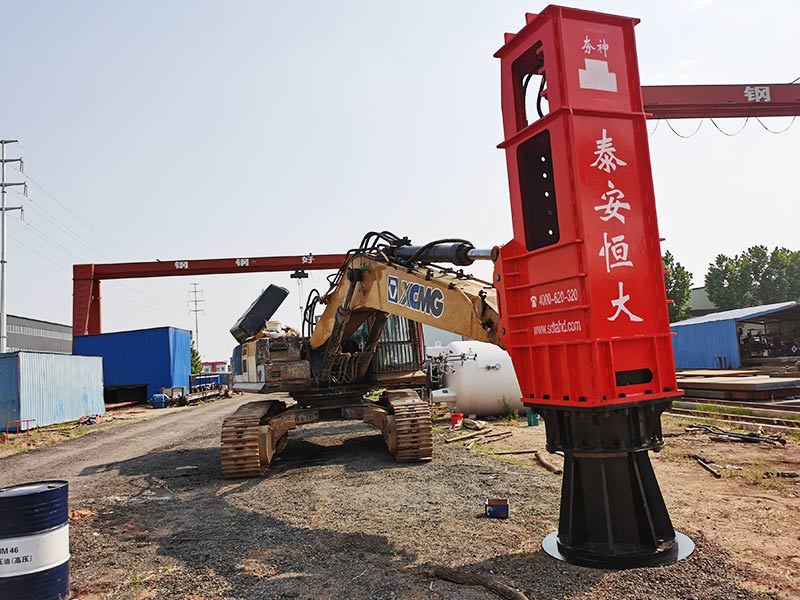
The RIC system uses "controlled impact compaction" of the ground using a 9-ton hammer dropped from height between 0.3 m to 1.2 m onto a 1.5 m diameter steel patent foot delivering about 26,487 to 105,948 Joules of energy per drop. RIC can be used to densify loose soils down to a depth of about 4 m to 6m. RIC consists of an excavatormounted hydraulic pile-driving hammer striking a circular plate (patent foot) that rests on the ground. The tamper typically strikes the plate at a rate of 40 to 60 blows per minute.
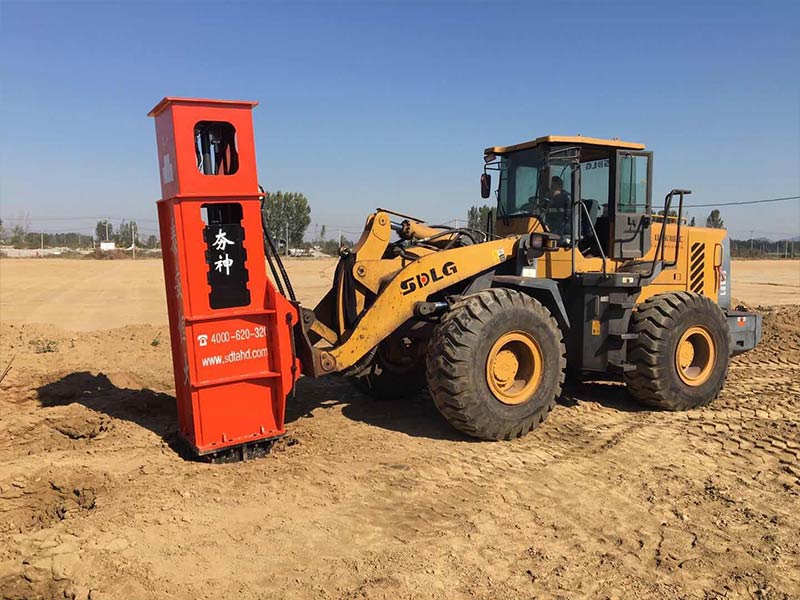
This compaction energy brings the soil particles into a more densely packed structure. The compaction energy is transmitted safely and efficiently as the compaction foot remains in contact with the ground. No flying debris occurs during the compaction process. The hammering of the foot by the impact weight is the reason of the sub-soil compaction. Indeed, the huge amount of energy developed upon the hammering process and transmitted to the ground through the foot, pushes the backfilling material into a denser structure.
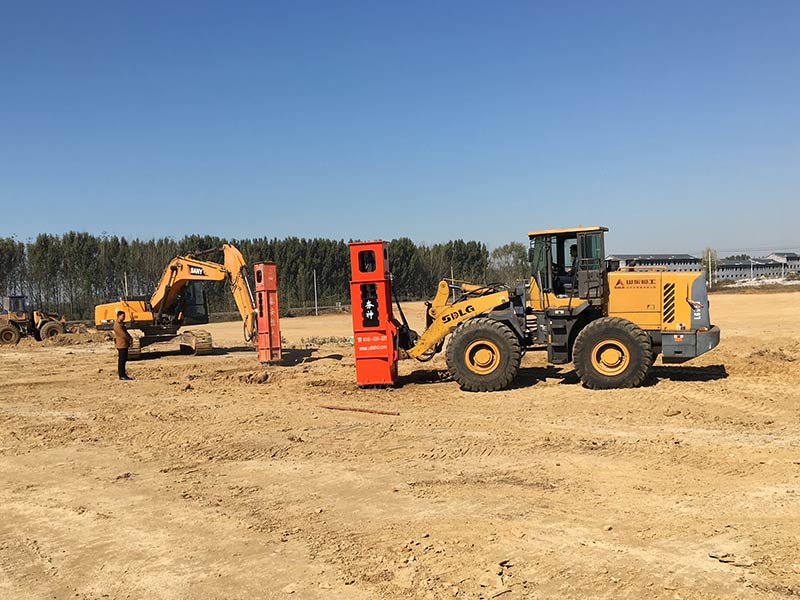
RIC is an acronym that stands for Rapid Impact Compaction. It involves a machine, an excavator, a 50 tonne excavator, that has a purpose-built attachment that undertakes what is called Rapid Impact Compaction. Its purpose is to, basically compact loose materials in the ground underneath where we are trying to build the road.

